Wetting usually refers to the spreading of liquid on the solid surface. It is more about reducing surface tension, which is a short process. Dispersion refers to the mechanical process of pigment particles being free from each other. In paint production, it means that the pigment and filler particles after entering the water phase system exist stably in the form of small particles in the water phase, are evenly distributed, and no longer re-aggregate. This is a long process.
Generally, wetting agents are substances that can make solid materials easier to be wetted by water. By reducing its surface tension or interfacial tension, water can spread on the surface of solid materials or penetrate into its surface, thereby wetting the solid materials.
Dispersant is a surfactant that has two opposite properties of lipophilicity and hydrophilicity in the molecule. It can evenly disperse the solid particles of inorganic and organic pigments that are difficult to dissolve in liquids, and at the same time prevent the sedimentation and agglomeration of solid particles to form a stable suspension.
Wetting agents and dispersants both have a dispersing effect on pigments. The combination of the two can play a synergistic role, so that the pigment and filler particles are stably dispersed in the paint in a more delicate form.
The appearance of wetting and dispersing agent is clear yellow liquid, mainly used for water-based coatings and printing inks. The characteristics of wetting and dispersing agent are as follows:
Excellent wetting and dispersing ability for inorganic pigments, such as iron oxide and titanium dioxide;
Improve color intensity;
Pigment storage stability;
Enhance compatibility of water-based resin and emulsion in alkaline medium;
Good waterproofness;
No alkylphenol ethoxylate;

